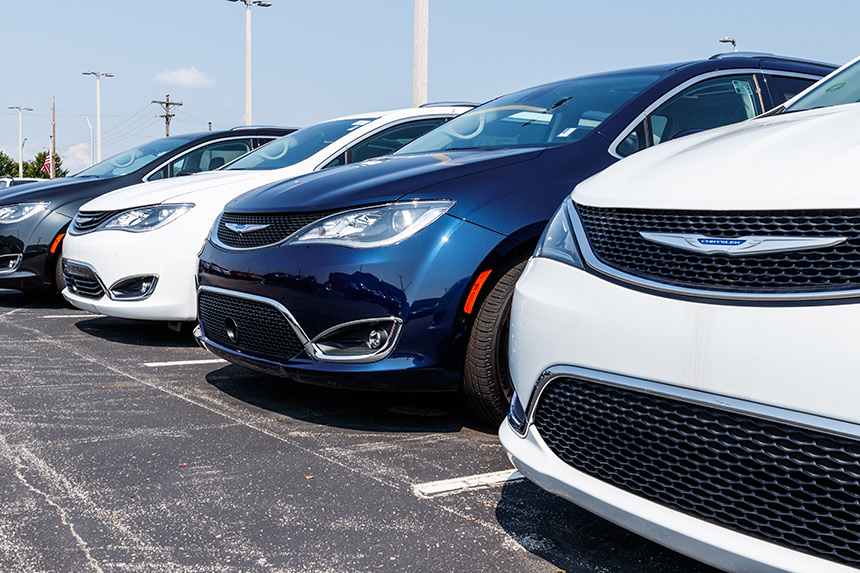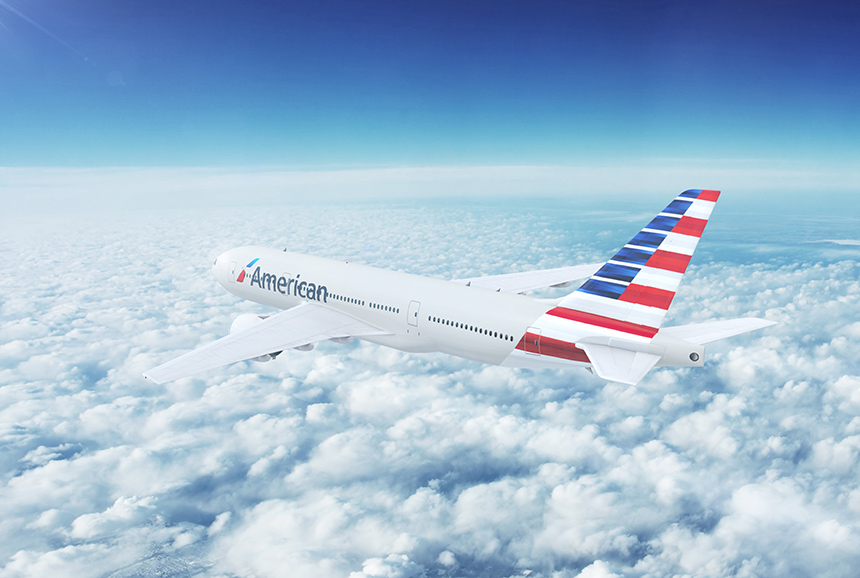The 5 Biggest Bailouts Ever
They say the business of America is business, but occasionally the only thing left to help a business is America. On certain occasions, our government has politely stepped away from a generally hands-off attitude and intervened to save companies or industries whose dissolutions might have dire, wide-ranging consequences for the economy. Forty years ago this week, President Jimmy Carter led a bailout of Chrysler, a move that allowed it to survive (before being bought out down the road). The Chrysler bailout wasn’t the biggest ever, nor would it be the last; here are five more of the biggest bailouts in American history.
1. The American Automobile Industry

The Great Recession of 2008 threw the world into financial upheaval. Automobile sales slumped dramatically, which led to Chrysler (yes, again) and General Motors asking for emergency loans. With bankruptcy looming for both GM and Chrysler by 2009, the governments of both the United States and Canada intervened, supplying $85 billion that enabled the two companies to restructure by filing for Chapter 11. After the proceedings, GM was able to make a new initial public offering for stock in 2010, and returned to profitability. Chrysler was eventually purchased by Fiat and officially merged with that company in 2014.
Was It Successful?: For the most part, yes. Chrysler’s ongoing success ended up being dependent on the merger with Fiat. However, GM is, as of 2019, the 13th largest U.S. corporation by revenue, according to Forbes. At the time of the bailout, none other than Mitt Romney, whose father ran American Motors at one time, said that the action by President Barack Obama would effectively end the American auto industry. One of them was right; coincidentally, it was the guy that beat Romney in the 2012 election.
2. Fannie Mae & Freddie Mac
The Federal National Mortgage Association (or FNMA, nicknamed Fannie Mae) and Federal Home Loan Mortgage Corporation (or FHLMC, nicknamed Freddie Mac) were created by acts of Congress to broaden the secondary market for mortgages. Fannie and Freddie expanded the pool of money available to back mortgages and home loans by allowing the companies to buy mortgages, bundle them, and sell them as securities to investors. However, a number of factors in the late 2000s, including the sub-prime mortgage crisis, caused the value of the two entities to drop by 90 percent in 2008. On September 7, 2008, both companies went under the conservatorship of the Federal Housing Finance Agency; to keep the two above water and protect the ability of people to secure home loans, the U.S. Treasury dished out $116 billion to Fannie Mae and $71 billion to Freddie Mac. By 2018, the two companies together had paid back the Treasury more than $300 billion combined.
Was It Successful?: Like GM, Fannie Mae bounced back in a big way; in 2018, they were number 19 on the Fortune 500. Freddie Mac entered the same list at 38. There’s been discussion under the current presidential administration about letting the companies out of conservatorship, but it probably won’t happen until 2022.
3. AIG
American International Group, Inc. is an insurance and finance giant. In a tune that’s beginning to sound familiar, the company took on billions of dollars of risk associated with mortgages in the early 2000s. When the Great Recession kicked in, not only did AIG have to pay out claims, they had to cover their own huge losses. By late 2008, the government stepped in with $180 billion in bailout money, partially because of the fear of a ripple effect that a collapsing AIG would cause for other financial institutions and partners at an already precarious moment. That action earned AIG a “Too Big to Fail” tag, a term that had been popularized after 1984 efforts to save the Continental Illinois bank. (The phrase subsequently became the title of Andrew Ross Sorkin’s book about the financial crisis and later HBO film adaptation.) The Treasury Department sold the last of its AIG stock in 2012.
Was It Successful?: Yes. As the company recovered, investor Carl Icahn (known for everything from “corporate raiding” to advising Donald Trump) called them “too big to succeed” in 2015, advocating for the break-up of the company into smaller units. Icahn eventually got a seat on the board. In 2017, the company reorganized into three distinct units, and is the 87th largest company in the world.
4. The Airline Industry

In the wake of the September 11, 2001 attacks, the U.S. airline industry was thrown into turmoil. In addition to the obvious human cost, the loss of four planes and personnel, as well as the losses incurred by several days of shuttered air travel within the country, caused the industry to lose millions. Additionally, a decline in tickets sales occurred as the airlines took to the skies again, due in part to travelers’ anxieties about air travel following the events. In response, Congress quickly passed The Air Transportation Safety and System Stabilization Act which created the office of the Air Transportation Stabilization Board in the Department of the Treasury. They were able to issue $10 billion in loan guarantees to help the airlines in the aftermath. Over the next two years, seven airlines received loans of just over a billion dollars each. A number changes came out of these precarious years, including the eventual mergers of America West and U.S. Airways into American Airlines, the absorption of Frontier by Republic Airways, and the closures of ATA (American Trans Air), Evergreen International, Aloha Airlines, and World Airways.
Was It Successful?: American Airlines is now the world’s largest. They were posting profits as recently as the second quarter of 2019.
5. The Chrysler Bailout of 1980
After the Oil Crisis of the early 1970s, Americans started to favor smaller cars; that wasn’t Chrysler’s forte at the time, and they struggled. After Lee Iacocca took over toward the end of the decade, he went to the feds for help. The response was The Loan Guarantee Act, which lent the company $1.5 billion, provided that they also secure $2 billion more from outside the government. That helped them right the ship, and the loans were repaid in 1983; that same year, Chrysler debuted the minivan with the Dodge Caravan/Plymouth Voyager, ensuring both the survival of the country and the proliferation of youth soccer.
Was It Successful?: Yes. Right up until the Great Recession of 2008.
Economists and politicians continue to debate the pros and cons of bailouts. It’s easy to see the immediate benefits when they help companies recover and enable workers to keep their jobs. However, one also sees the danger inherent in having a system that can decide which business is saved and which is allowed to collapse. Since the only thing certain in an economy is uncertainty, it’s likely that we’ll have an all-new bailout to debate when we least expect it.
Featured image: Shutterstock.